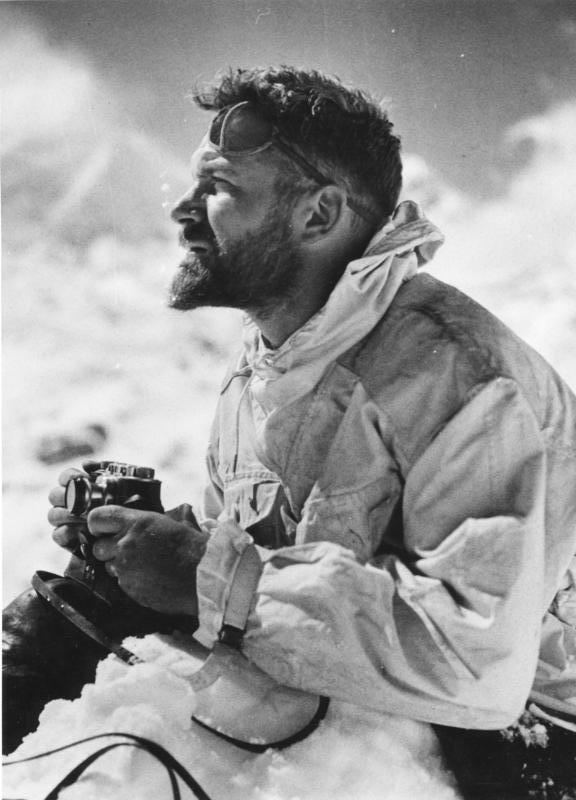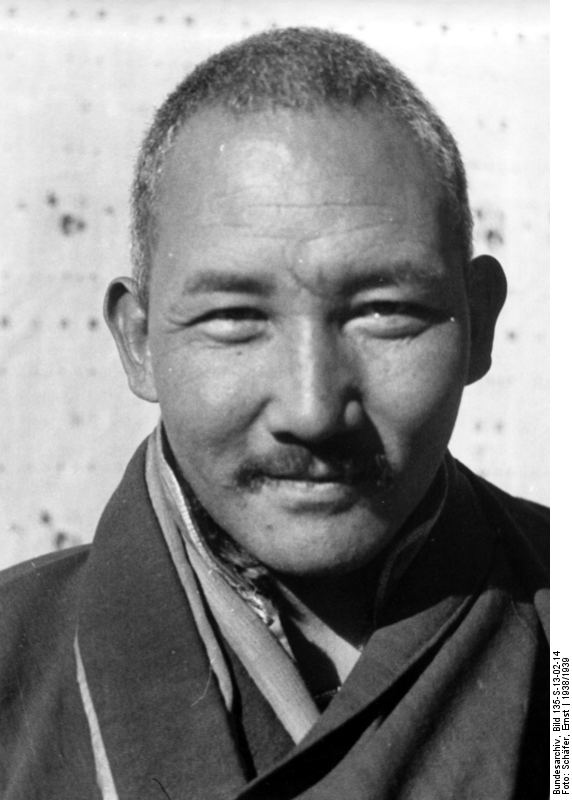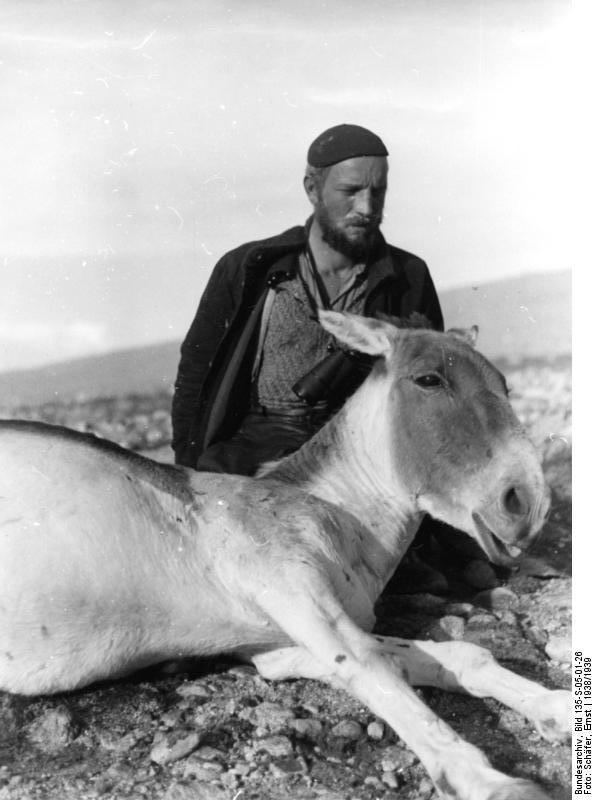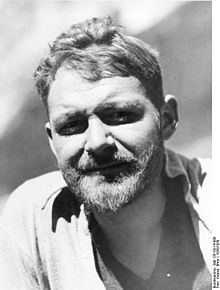Name Ernst Schafer | ||
 | ||
H a lettow ernst sch fer geheimnis tibet 1943 filmed 1938 1939 subtitled
Ernst Schäfer (14 March 1910 – 21 July 1992) was an explorer, hunter and zoologist in the 1930s, specializing in ornithology. His zoological explorations in Tibet served as a cover for his role in the German secret service during the height of the Great Game, the race between Russia and Britain to control Central Asia.
Contents
- H a lettow ernst sch fer geheimnis tibet 1943 filmed 1938 1939 subtitled
- Old Pictures Of Tibet
- Biography
- Postwar career
- References

Old Pictures Of Tibet
Biography

Schäfer is most famous for his three expeditions to Tibet in 1931, in 1934–1935, and in 1938–1939. The first two expeditions were led by the American Brooke Dolan II. The third expedition was led by himself under the patronage of Heinrich Himmler, the SS, and various sponsors. As many as 3300 bird specimens were collected in these expeditions.

In July 1934, during his second expedition in Asia, he met the then exiled Panchen Lama, Thubten Chökyi Nyima, in Hangzhou, China.

Schäfer joined the Schutzstaffel in 1933, but, after World War II, he claimed to have been an unwilling recruit into the organization and that joining the SS was a step necessary to advance his career. In 1936, he was appointed Untersturmführer in the personal staff and in 1942, he was promoted to SS-Sturmbannführer.

The SS Ahnenerbe Expedition to Tibet during the 1930s was also successful for the German naturalists" “Meanwhile, [Dr. Ernst Schäfer] and Dr. Bruno Beger, Edmund Geer and Krause carefully packed up the voluminous natural history collection- animal and bird skins; butterflies, bees, ants, wasps and other insect specimens; fragile dried plants for the herbarium; packets of seeds containing one thousand and six hundred varieties of barley, seven hundred varieties of wheat, and seven hundred varieties of oats; not to mention hundreds of seeds from other potentially useful plants.”

These seeds collected during the Tibetan expeditions were important, as Heinrich Himmler also planned to develop hardy new varieties of crops in order to boost the agricultural yields of colonies across the Eastern territories of the Ukraine and Crimea. He ordered the Ahnenerbe to found a teaching and research institute in plant genetics, assigning the task to Dr. Ernst Schäfer, the headstrong young German zoologist who had led the Tibet Expedition. Schäfer set to work with characteristic vigor. He obtained a staff of seven research scientists, including a British prisoner of war, and set up an experimental research station in Lannach, near the city of Graz in Austria. There the new institute went to work, experimenting with samples of grains the Schäfer had acquired from the granaries of the Tibetan nobility.

Schäfer wrote several books, including Berge, Buddhas und Bären (Mountains, Buddhas and Bears), and helped produce the film Geheimnis Tibet (Secret Tibet).
It has been speculated that Ernst Schafer discovered an ancient Buddhist statue in Tibet in 1938 called the "Iron Man". Himmler was said to believe the Aryan race originated in Tibet and would as such have been eager to recover artifacts from the area. In Germany, the statue became part of a private collection and disappeared from view until 2007. Further analysis showed that it was an ataxite class, an extremely rare type of meteorite. It was determined that it was carved from a piece of the Chinga meteorite. The statue is believed to portray the god Vaisravana. Speculation that it belongs to the pre-Buddhist Bon culture that existed in Asia about 1,000 years ago has been brought into question due to certain incoherent features of clothing and style.
In 1945, Schäfer was awarded the War Merit Cross, 2nd class with Swords.
Postwar career
Schäfer was interned in 1945 by the Allied Military Government. In 1949, he became a professor in Venezuela, but returned to Europe in 1954 and was an adviser to the Belgian King Leopold III.
Schäfer served as the curator of the Department of Natural History at the Lower Saxony State Museum from 1960 until 1970.
